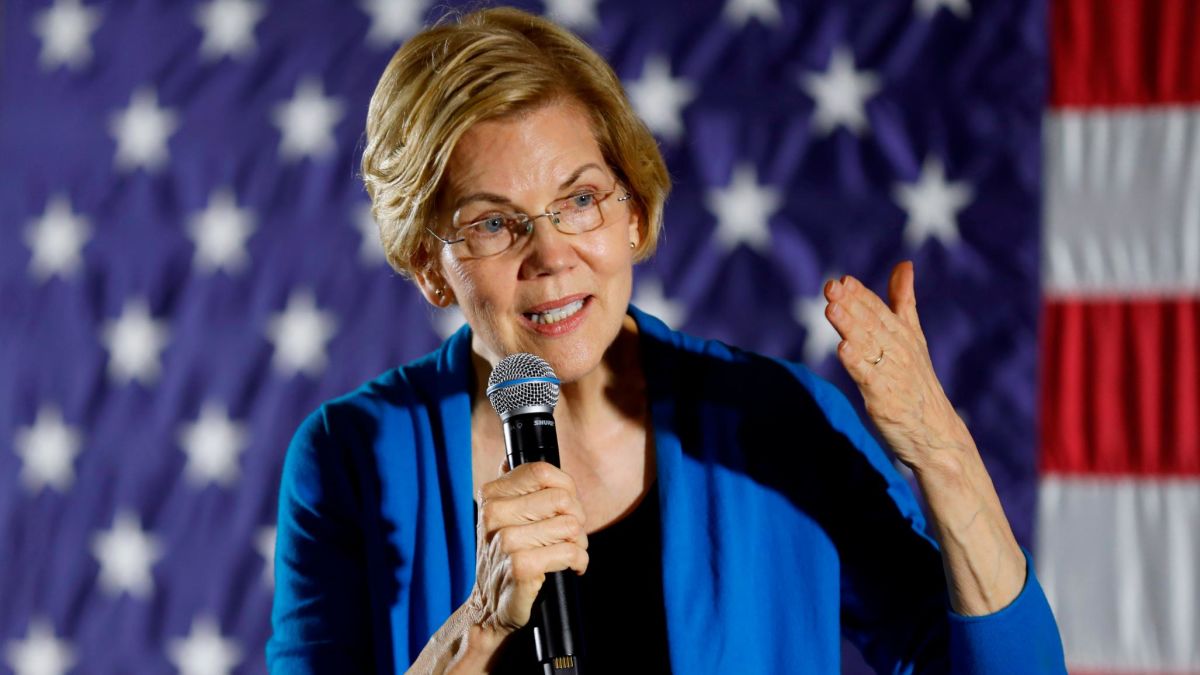Modi has earned himself another five years. One hopes there is not any other need for a shock therapy like demonetization. These five years are an opportunity to give India double-digit growth rates. 5G is fundamental to that equation. There is no way for India to avoid the Huawei question.
Modi's Second And Bigger Victory
Parroting the US position makes little sense. Instead, India should do its homework, in collaboration with others if necessary. Britain, France, and Germany are some powers that are eager to do their homework.
The bigger picture is privacy and security are major concerns with the internet in general. There are some policy solutions. Many solutions are technological and are in the future. Intelligence agencies do snoop in. That is true for all major powers. There is an urgent need to come together and create standards across emerging industries. That means countries coming together. That means the leading tech companies coming together.
When it comes to 5G equipment, looks like Huawei has hardware that is much better and much cheaper than its several rivals. The question being asked is, is it safe though? Britain, France, Germany, and India have enough expertise to be able to assess and answer that question. And if Huawei is not safe, are its rivals safe? Or do they offer the same vulnerabilities?
Right now 5G is the most critical infrastructure for India. It beats all else in importance. You roll out 5G and every city, town, village, and hamlet will have become a "smart city." This has huge implications for commerce, for democracy, for the environment. It will become so much easier to measure air quality and water quality. It will decrease the pressure on the cities. Many more will be able to telecommute. It will most definitely give rise to new industries. A state like Bihar might give a million tutors to the world who all work from their homes in Bihar and teach kids around the world. Yoga teachers will similarly get global reach.
5G will take Modi's idea of "minimum government, maximum governance" to unprecedented heights. Much of the government will be online. There will remain very little need to visit government offices.
5G will revolutionize finance and access to credit for the poorest of the poor.
When hackers hack, they do so because you have internet access. It is absolutely possible for Huawei (or any other similar company) to create tiny "doors" for spy agencies. Just like it is absolutely possible for Microsoft to create little "doors" for the CIA in its Windows operating system. It is possible for Huawei competitors to do the same. It is possible for a company like Facebook to collect data on people and for some intelligence agency to create a bogus app that helps them vacuum that data. Facebook does not even have to actively cooperate.
All this does not take away from the promise of 5G. 5G will have 100 times greater impact than Indian Railways on the Indian economy. 5G is a train that you don't want to miss for too long. 5G is the ultimate Silk Road.
Privacy and security concerns must be addressed. But that requires countries and companies coming together and showing unprecedented levels of goodwill and cooperation.
The beauty of the 5G promise is, the Indian government does not have to spend a dime. All the action will be in the private sector. All you have to do is do your homework and approve.
Trade War Endgame Scenarios: Look At Canada And North Korea For Hints
India And Reforms
New Twist In The Trade War: China Devalues Its Currency
5G And The Trade War
Huawei Founder Ren Zhengfei
A Truly Global Universal Basic Income
New Political And Economic Paradigms For The Age Of Abundance
The Inequality, The Climate Change
Inequality And Climate Change Are Existential: A Blueprint For Survival
Towards A World Government
30-30-30-10: A More Thoughtful And Egalitarian Formula For Equity Distribution In Tech Startups For The Age Of Abundance
The Blockchain: Fundamental Like The Internet
The Character Called The Tech Entrepreneur
5G launch in India: Modi government to roll-out high-speed 5G telecom services by 2022 The South Asian nation, traditionally a laggard while embracing latest technology in telecommunications, will follow South Korea, Japan and China where 5G service will be offered within the next two years........ expects South Korea to launch these services by March 2019, Japan in late 2019 and China, along with most western major cities, in 2020......“India needs China to launch to drive economies of scale and lower cost 5G handsets. I think 2022 or later is appropriate for India” ..... So far, telecom infrastructure has got second place to physical infrastructure as Asian nation struggled to beef up its roads, ports and airports.
Trump Wants '5G' and 'Even 6G' Wireless Technology 'As Soon As Possible.' What's He Talking About? Autonomous vehicles could use 5G’s lower latency to respond quickly to changes in traffic and communicate with other connected equipment. And since 5G will be capable of helping low-power devices communicate with one another as coverage grows over the next decade, it could enable all sorts of new smart home tech, too...... The U.S. government is even pressuring allies to block Chinese-made 5G equipment, though some, like Germany, aren’t listening.
Narendra Modi government needs to focus on reviving sectoral health, deploy 5G: Industry
5G: Modi's next speed test "...accelerated deployment of next generation ubiquitous ultra-high broadband infrastructure with 100% coverage of 10 Gbps across urban India and 1 Gbps across rural India...". ...... 5G will enable electronic and mobile smart governance, remote health diagnosis, remote education, digital payments, Smart Cities, Smart Transportation, Internet of Things (IoT), Machine to Machine Communications (M2M), and smart devices enhanced by Artificial Intelligence (AI), such as driverless cars, smart houses, etc....... Airtel is set to deploy Massive Multiple-Input Multiple-Output (MIMO), a precursor of 5G, in Bengaluru and Kolkata. Nokia announced partnerships with both Bharti Airtel and Bharat Sanchar Nigam Ltd (BSNL). Nokia also announced the establishment of a 5G IoT laboratory in Bengaluru. China's ZTE has initiated pre-5G trials with Airtel, Vodafone, and Reliance Jio........ A change in mindset is required in order to realise the potential benefits made possible by new broadband technologies and distributed computing networks, as well as by other technologies such as Artificial Intelligence, Machine Learning, Big Data, Cloud Computing, Virtual Reality, Augmented Reality, etc. ....... a HD movie takes 26 hours to download on 3G, six minutes on 4G, and only 5 seconds on 5G. ......... Suppose I am on an international flight when I get a brilliant brainwave for developing a new drug. My handset on the airplane should be able to quickly get me whatever research journals, medical databases, design, simulation and visualization tools I will need to immediately act on my brainwave. In fact, the network should "read my mind", quickly figure out by itself what resources and what information I need, and fetch them to my handset mid-air. ........ A major problem in developing such networks is that the software developers, system hardware engineers, radio and electromagnetic engineers, designers of integrated circuits, and semiconductor materials engineers do not understand each other and often work at cross-purposes. ........ These are all engineering challenges that require a multi-disciplinary approach, and the government's Rs 500 crore corpus should focus on creating such multi-disciplinary research teams at various Indian educational and research institutions.
Why Modi government wants India to go 5G in 2020 "We missed the opportunity to participate when the standards were being set for 3G and 4G, but don’t want to miss the 5G opportunity. Now when the standards are being set for 5G across the world, India will also participate in the process be successful in launching 5G by 2020." ..... the new standard — apart from just being faster than current generation 4G networks — will promise better latency and higher bandwidth, which will allow for a higher density of broadband users without slowing down the speed. ....The network will additionally also be optimised for Internet of Things (IoT) ...... The technological advancements of 5G will in part help the government make a renewed push for its "Digital India" initiative and cashless economy campaigns ..... The rollout of 5G technology will also make the government a lot of money from the auctioning of spectrum needed for newer technology. ...... Even though India was more than 10 years late in adopting 3G technology and lagged behind in adoption of 4G standards too, the government's plan of bringing the 5G network platform to the masses — rivaling the rollout in developed economies in Europe and America — is highly ambitious, but certainly achievable. ..... Airtel has announced that, initially, it will implement the new technology in Bangalore and Kolkata, and later expand to other parts of the country......Jio, which is based on an all-IP network and can be easily upgraded to 5G and beyond, has already announced that it will move to 5G standards shortly after the rollout.
Japan and India pledge cooperation on AI and 5G "No two nations have as much potential together as Japan and India," Abe said at the beginning of his meeting with Modi at the prime minister's office in Tokyo..... The two nations plan to conduct joint research on artificial intelligence. ....... The National Institute of Advanced Industrial Science and Technology, one of Japan's largest public research institutions, and the Indian Institute of Technology Hyderabad will jointly develop AI technology and begin research in the robotics field....... Japanese and Indian technology companies sense an opening as the U.S. and Australia restrict Chinese players like Huawei Technologies from supplying 5G equipment. A hundred times faster than current technology, 5G will form the communications infrastructure for the "internet of things" and self-driving cars........ The Japanese leader has told aides privately that he feels comfortable discussing global events, and not just bilateral issues, with the Indian leader...... His fondness for Modi was evident in a Facebook post on Monday. "I invited Prime Minister Modi to my vacation home, where just the two of us enjoyed a private dinner together," the Japanese prime minister wrote. "In that relaxed atmosphere, we talked frankly with each other about various topics. I want to continue to walk firmly hand in hand with Prime Minister Modi, aiming at bringing about a free and open Indo-Pacific." ....... The two countries will also collaborate on infrastructure, such as port and road projects in third countries like Sri Lanka, Myanmar and Bangladesh. The Japanese government will assist with development in Northeast India as well.
India and Japan seal $75bn currency swap deal India and Japan on Monday inked a $75 billion bilateral currency swap agreement which should bring greater stability to foreign exchange and capital markets in Asia's third largest economy...... Japan and India had a currency swap agreement of up to $50 billion that had expired. The Indian rupee has tumbled 15% against the dollar since January amid the U.S. Federal Reserve's interest rate hikes. The new swap deal will guarantee a buyer for the rupee that will help to stem a fall in value in case of a currency crisis...... "The importance of [the] swap agreement is that India can borrow U.S. dollars from Japan and give it Indian rupees of the borrowed amount to stabilize its currency," said Shamshad Ahmad Khan, a visiting associate fellow at the Institute of Chinese Studies in New Delhi. "This is very important considering the timing when [the] Indian rupee is depreciating."........ Modi said the leaders had agreed on a "two-plus-two" dialogue between their foreign ministers and defense ministers, with the aim of working toward encouraging world peace and stability. ....... the strategy requires greater synergy between the two countries' defense and foreign ministries." ...... Modi also pointed out that Japanese investors, during his visit, have committed $2.5 billion to India, which would create employment for 30,000 people. "We will strengthen our partnership in every sphere, including digital, cyberspace, health, defense, oceans and space." ..... They also exchanged notes about a loan agreement for the ambitious 1.1 trillion rupee ($15 billion) Mumbai-Ahmedabad high speed rail, the construction of which started last year. Japan is funding over 80% of the project.
— Ravi Adhikari (@Rahu_Rant) May 24, 2019
Modi 2.0 And The 5G Question https://t.co/CUcXQ0PJga @narendramodi @PMOIndia @AmitShah @AmitShahOffice @BJP4India @NitishKumar @PrashantKishor— Paramendra Kumar Bhagat (@paramendra) May 24, 2019
Wanna race? pic.twitter.com/zDNpdsdHaM— The Boring Company (@boringcompany) May 24, 2019
The world’s 7.5 billion people, in one chart https://t.co/3dBUaxZwtd #population pic.twitter.com/e2wFh4J0hC— World Economic Forum (@wef) May 25, 2019
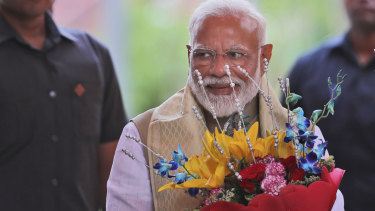
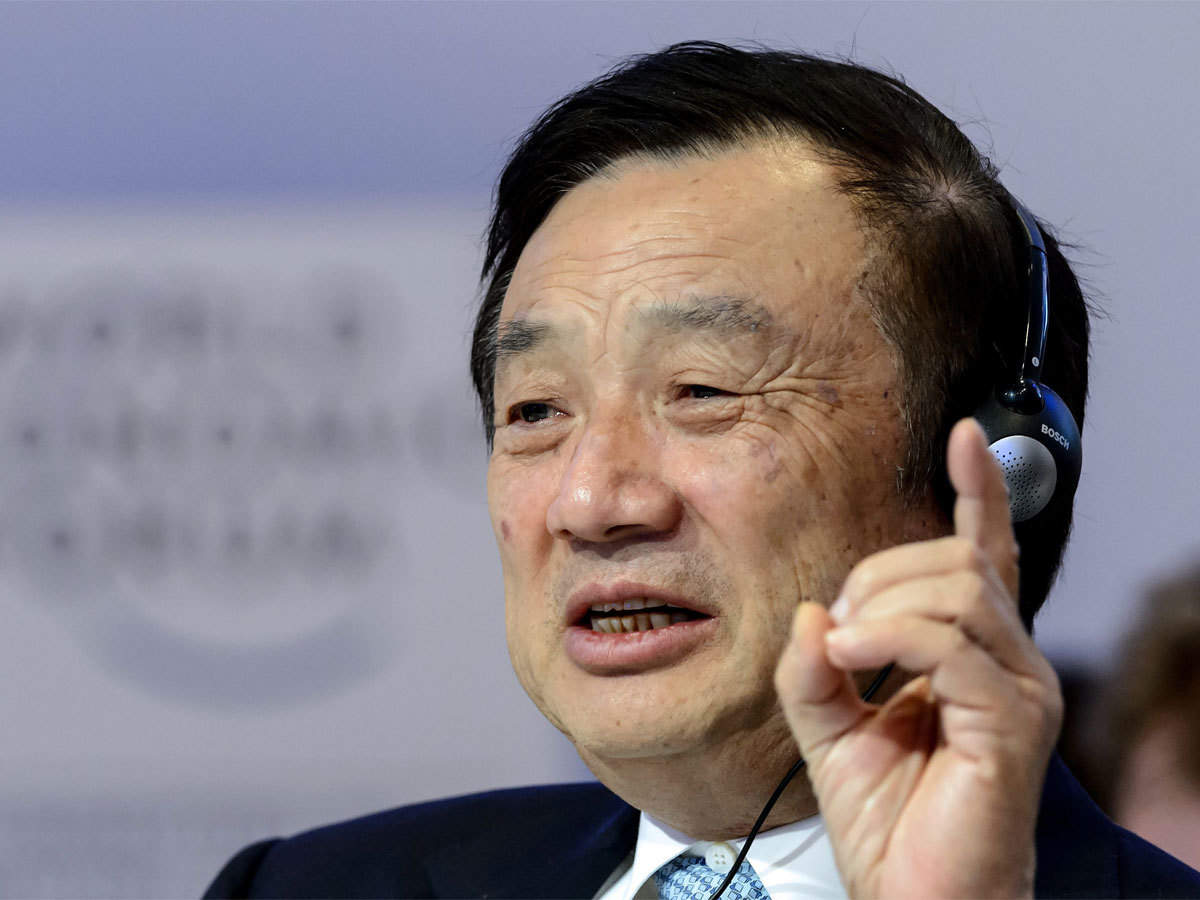
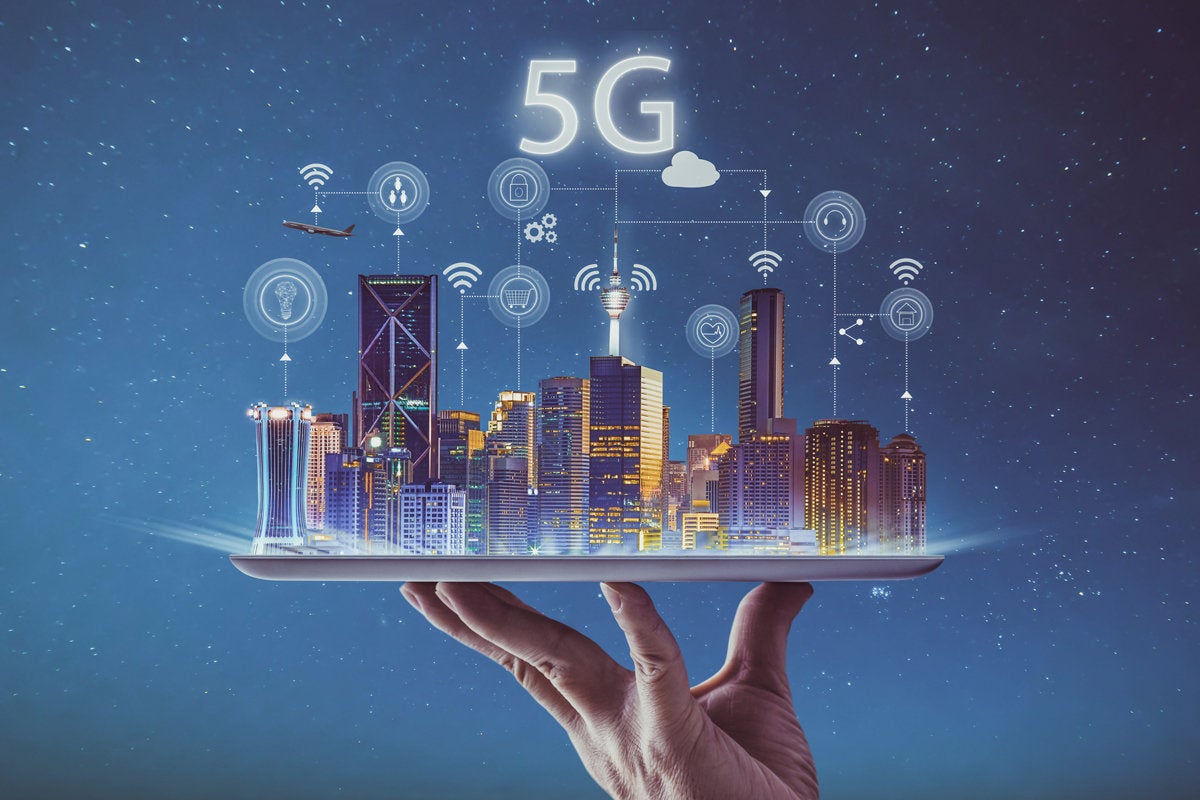







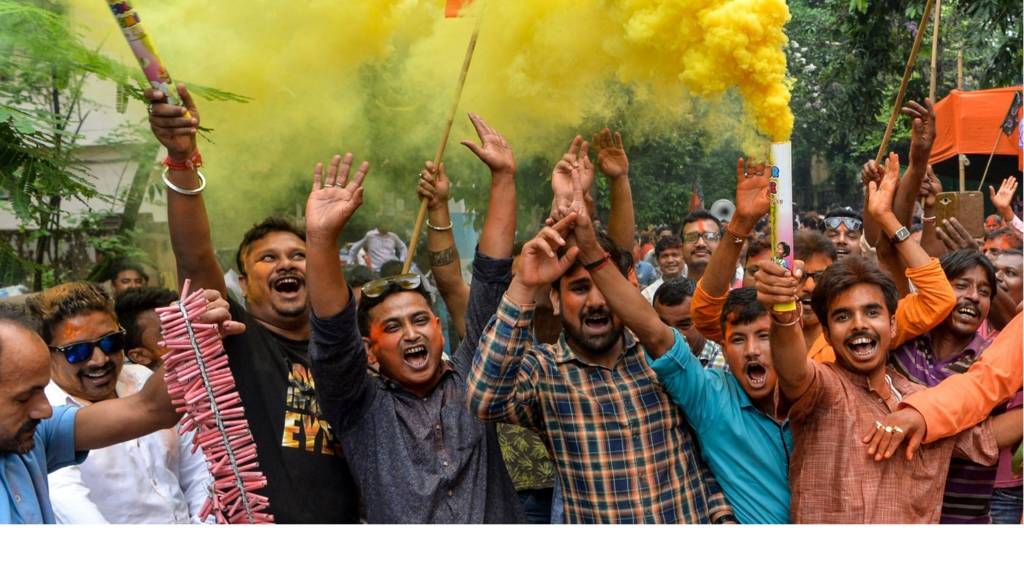


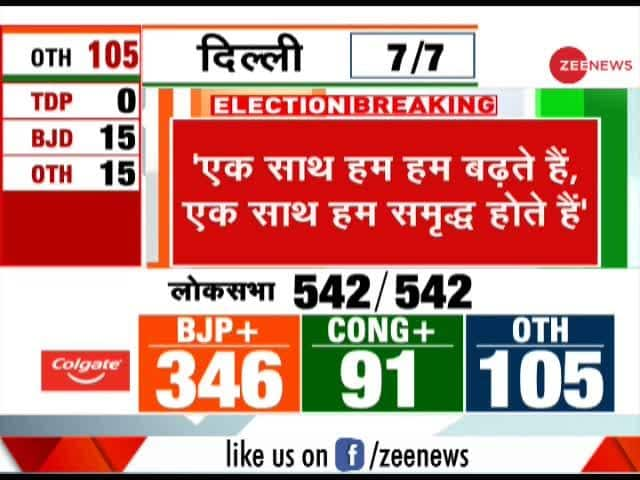
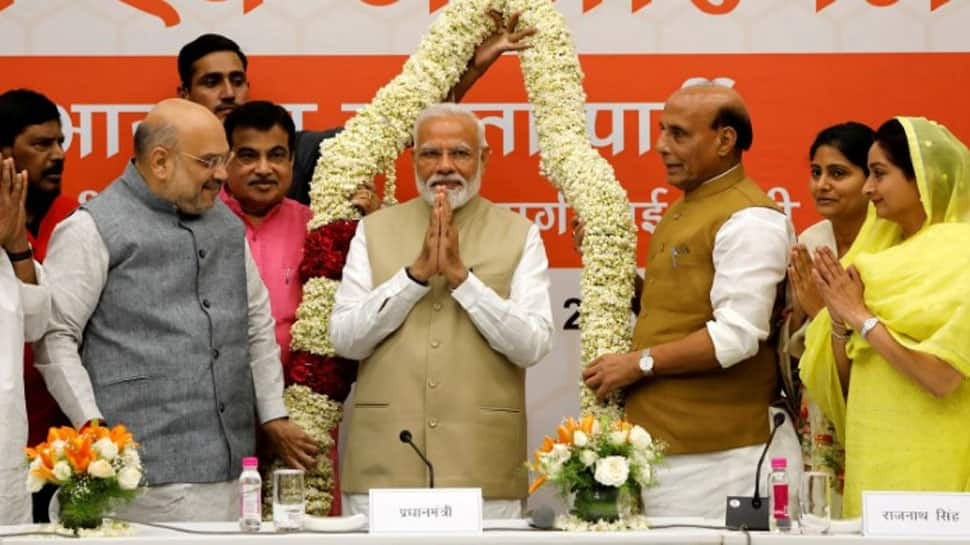

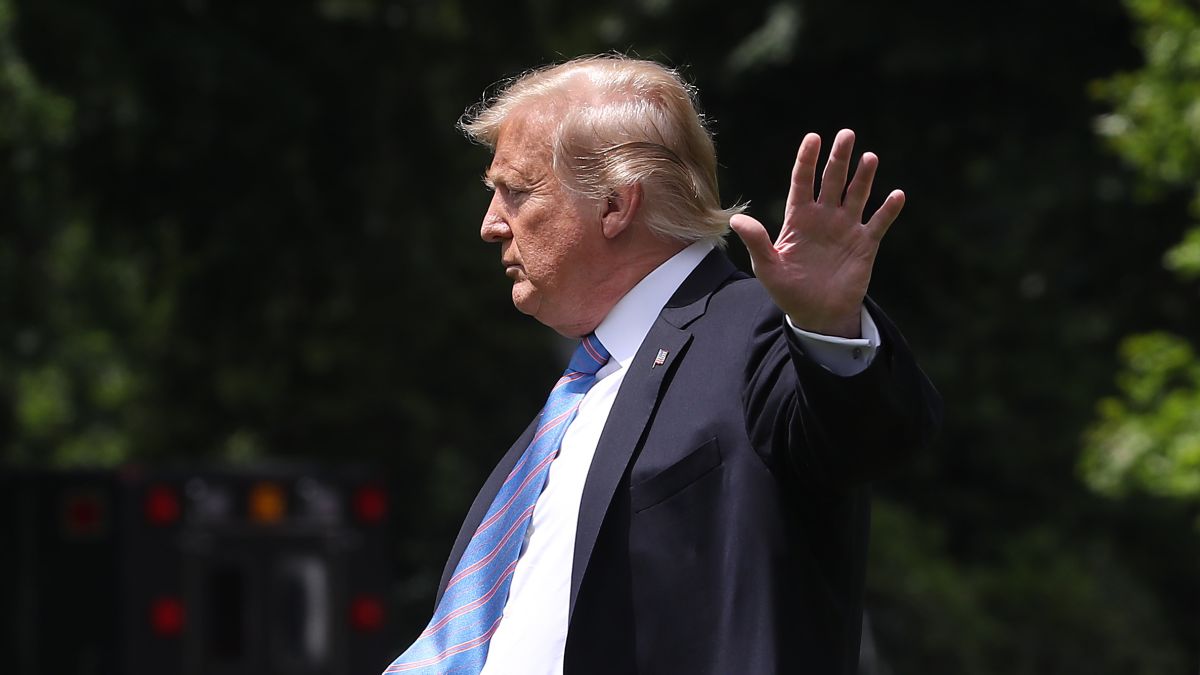

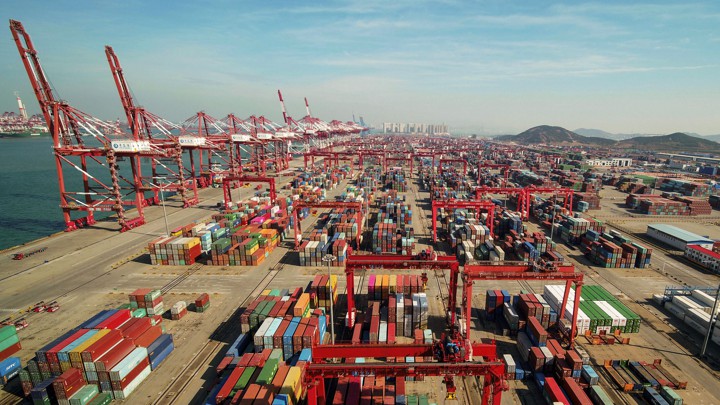


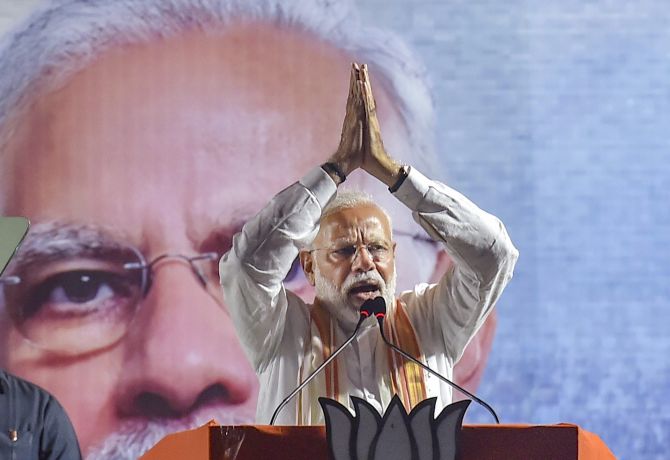
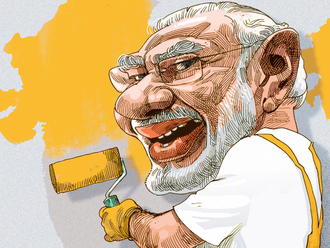


.jpg/220px-Andrew_Yang_talking_about_urban_entrepreneurship_at_Techonomy_Conference_2015_in_Detroit%2C_MI_(cropped).jpg)
